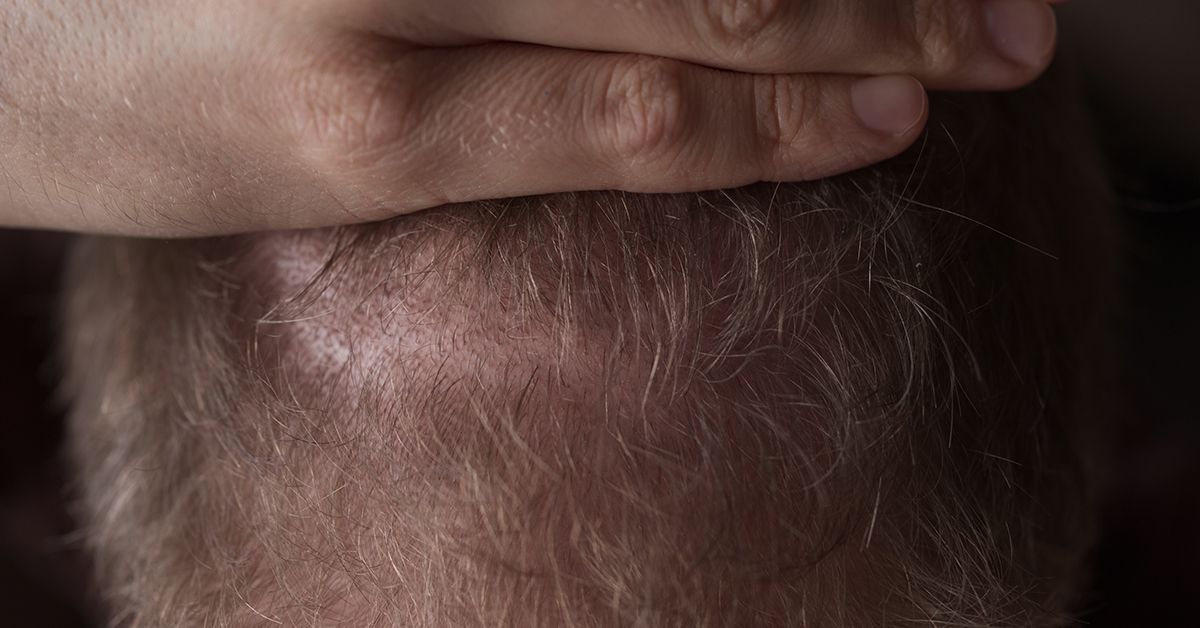Common Hair Transplant Myths
The myths about hair transplants – like many other common myths – have their roots in history. Let’s address this history, look at where it all came from, and give you the facts on modern hair transplant procedures.
Where Did These Hair Restoration Myths Come From?
In the 1970s, when hair restoration first began to gain popularity in the United States, the results were fairly predictable (and much less aesthetically appealing) than today’s hair transplants. The system then was called “punch grafting” and took a rather substantial piece of hair from another location and transplanted it to the scalp. The general public referred to it as “hair plugs” and the results could be rather obvious.
According to the National Institutes of Health “the desirability of using smaller punch grafts had certainly occurred to many doctors, but at that time, these small grafts were of unreliable quality when cut with a biopsy punch and never gained the popularity of the larger units. Popularity of punch grafts meant that a generation of patients went around with unnatural 'doll look'.”
That obvious and unattractive look lead to many of the myths that people still believe about hair transplants. Most people think that hair transplants are obvious and look fake – like a bad toupee. But the truth of the matter is that modern hair transplants are barely noticeable to most people except that they leave the patient feeling much better about themselves.
One man told The Guardian that his painless surgery helped restore his confidence… and he’s not alone. The number of hair transplant surgeries is more than 10 times what it was a decade ago.
In part, that’s because people are learning that these myths are just that. While the average transplant patient is in their 30s, age is not a deciding factor in whether a hair transplant will be successful. In fact, some people who have a transplant when they are younger opt for a second surgery later when the other original hair (not the transplanted hair) starts to fall out.
And the process, while still surgery, is relatively painless. Topical anesthesia and simple pain management can make the process easy for most people.
Does Hair Restoration Look Natural?
Current hair transplant methods – including Follicular Unit Extraction (FUE) – replaces hairs one follicle at a time. This way, the doctor doing your transplant can follow your natural hairline… or even work with you to find one that is better suited to you. That doesn’t mean people will not notice your hair transplant, they just probably won’t be able to pinpoint what is different. They might think you have a new hair style or color, but the individual transplanted hairs will likely be unnoticeable.
Does Hair Restoration Last Forever?
While promising forever might not be possible, hair transplants are almost that good. Healthline says the process is considered permanent and often lasts more than 20 years. Some people do opt for secondary surgeries, but it isn’t because of their transplanted hair. Usually, the transplanted hair lasts longer than the hair it was grafted next to.
In short, you may lose your other hair, but your hair transplant will likely be there for the rest of your life.
Is Hair Restoration Possible?
Yes, sometimes. The question of whether hair restoration will work for you is often a medical one and depends on a number of factors – including why you are losing your hair and your overall health. If you are generally healthy and your hair loss is genetic, chances are you will be able to successfully undergo a hair transplant.
H2T Hair Restoration Can Help Determine The Best Treatment For Your Hair Loss
Our staff understands what you are facing, and we all know you want to look your best without breaking the bank. Thankfully, H2T Hair Restoration can help you. Contact us today for your consultation and to start the road to healthier hair.

H2T Skin and Laser Center Gift Cards are now available to purchase online!
Online Specials:
Age Jet: Face, Eyes and Neck for just $1500. Save $750
BHRT: Quest Hormone level testing for just $149
D-List Vitamin Shots: Series of 6 for just $300
ZO Club: Pre-pay for ZO and Save!
NORWOOD
6 Central St Norwood, MA 02062
Phone:
(781) 352-2531
- Monday
- Closed
- Tuesday
- -
- Wednesday
- Appointment Only
- Thursday
- -
- Friday
- -
- Saturday
- Appointment Only
- Sunday
- Closed
FOXBORO
17 Cocasset St Foxboro, MA 02035
Phone:
(508) 543-1112
- Monday
- -
- Tuesday
- -
- Wednesday
- -
- Thursday
- -
- Friday
- -
- Saturday
- -
- Sunday
- Appointment Only
FRANKLIN
435 King Street Franklin, MA 02038
Phone:
(508) 530-9600
- Monday
- -
- Tuesday
- -
- Wednesday
- -
- Thursday
- -
- Friday
- -
- Saturday
- -
- Sunday
- Closed
Same Day Service Hours
We know life gets busy and it can be hard to plan ahead, especially when it comes to making time for yourself!
To help you manage your life and still be able to sneak in some self-care when you find yourself with a few hours, we are now offering same day service appointments in all three locations.
You can simply call the day you are free at your location of choice and book the appointment for the time that works for you!
Norwood
Same Day Service Hours
Tuesday: 12:00pm-8:00pm
Wednesday: 10:00pm - 6:00pm
Thursday: 10:00pm - 6:-00pm
Friday: 10:00am -4:00pm
All medical aesthetics services including injectables available!
Foxboro
Same Day Service Hours
Monday: 9:00am - 3:00pm
Tuesday: 11:00am - 8:00pm
Wednesday: 9:00am - 6:00pm
Thursday: 11:00am - 8:00pm
Friday: 9:00am - 4:00pm
All medical aesthetics services including injectables and Microblading consults available!
Franklin
Same Day Service Hours
Monday: 10:00am - 6:00pm
Tuesday: 9:30pm - 8:00pm
Wednesday: 10:00 - 6pm
Thursday: 9:30pm - 8:00pm
Friday: 10:00am - 4:00pm
Saturday: 10:00am - 4:00pm (Microblading consults available until 2pm every other saturday)
All medical aesthetics services including injectables (except where noted) available!





